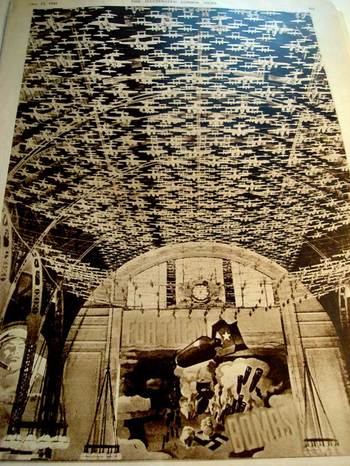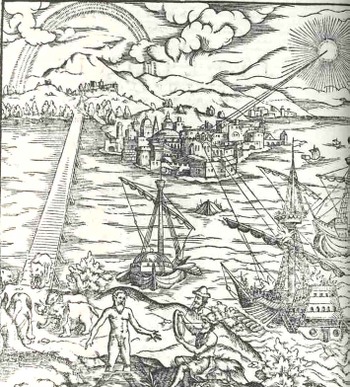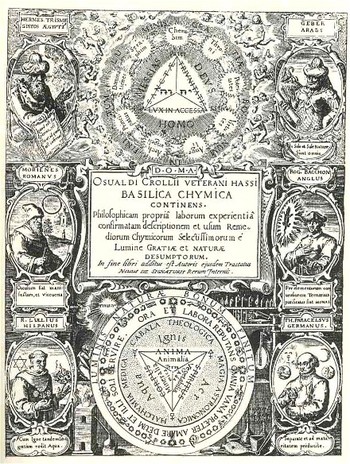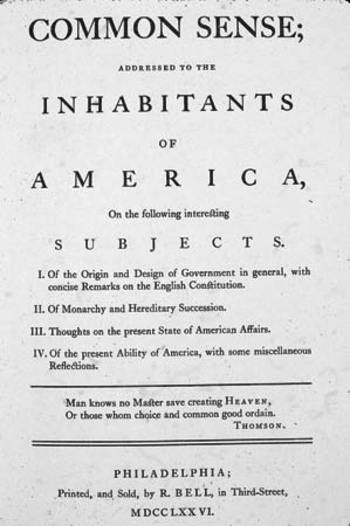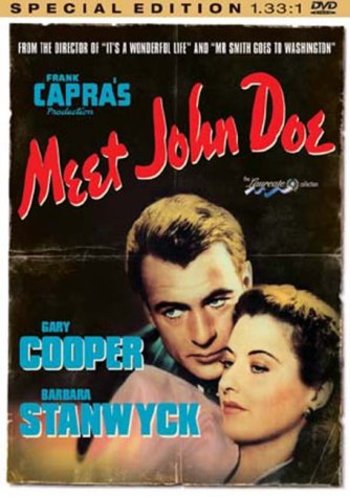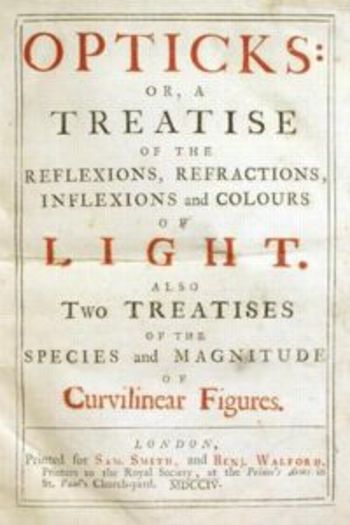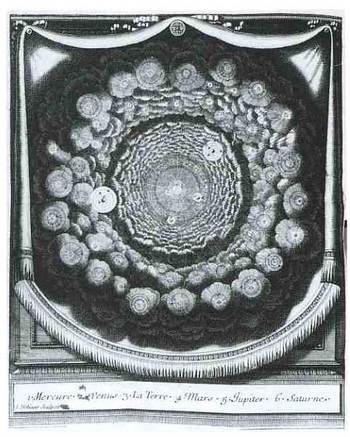 JF Ptak Science Books Post #69
JF Ptak Science Books Post #69
This first lovely image belongs to Entretiens sur la
Pluralitie de Mondes (Conversations on the Plurality of Worlds), written by the
great French philosophe Bernard le Bouvier de Fontenelle in 1686 (just a year
before publication of perhaps the greatest work in the history of science, Newton’s Principia
Mathematica). The Plurality was a
best-seller by the best-selling Fontenelle. An excellent attempt by a rather
restricted writer to engage the population-at-large, writing a high-pop book on
what was basically the history of astronomy and cosmology of the preceding
century. Copernicus was a major feature
of his imaginary conversations with a muse as he wandered through a
metaphorical garden of questions, with the observations of Galileo and Cassini
also very prominently featured.
Fontenelle’s Pluraltiy was amended, added to, and fattened
up for a long time, the author adding material to it constantly for years to
come—the book went through at least 33 editions during Fontenelle’s
hundred-year-long life (1657-1757). This
engraving was meant to be allegorical, illustrating a Copernican planetary
system which was surrounded by galactic clouds comprised of other solar systems—prescient
and forward thinking, as it wasn’t until the last 15 years or so that a solar
system was discovered outside our own. (This until recently was a tremendously difficult
feat to accomplish—instrumentation and practices now are advanced, but it is
still an extremely difficult task to locate extra-solar system planets and
systems.)
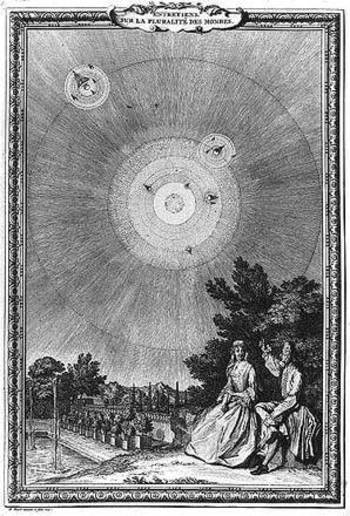 What makes this engraving so particular and attractive to
me, and the reason why it is listed first in this series of scientific circles,
is because of its beauty and “deep depth”. The artist certainly related the compound nature and depth of the
universe, revealed to us from behind drawn curtains. Our solar system is featured prominently, with hosts of other solar systems borne on each puff of extragalactic clouds, reahcing, or descending, "all the way down Or up)". Fontenelle believed in the infinity of world
and the enormous-by-reason possibilities of the universe, as we see in this
extra from Plurality:
What makes this engraving so particular and attractive to
me, and the reason why it is listed first in this series of scientific circles,
is because of its beauty and “deep depth”. The artist certainly related the compound nature and depth of the
universe, revealed to us from behind drawn curtains. Our solar system is featured prominently, with hosts of other solar systems borne on each puff of extragalactic clouds, reahcing, or descending, "all the way down Or up)". Fontenelle believed in the infinity of world
and the enormous-by-reason possibilities of the universe, as we see in this
extra from Plurality:
I shou'd think it very strange, that the Earth shou'd be inhabited as it is;
and the other Planets shou'd be so entirely desolate and deserted: For you must
not think, that we see all the living Creatures that inhabit the Earth. For
there are as many several species and kinds of Animals invisible as there are
visible. We see distinctly from the Elephant to the Mite; there our sight is
bounded, and there are infinite numbers of living Creatures lesser than a Mite,
to whom, a Mite is as big in proportion, as an Elephant is to it. The late
invention of Glasses call'd Microscopes, have discover'd thousands of small
living Creatures, in certain Liquors, which we cou'd never have imagin'd to
have been there. And it may be the different tastes of these Liquors, proceed
from these little Animals, who bite, and sting our Tongues and Palates. If you
mix certain ingredients in these Liquors, (as Pepper in Water,) and expose 'em
to the heat of the Sun, or let 'em putrefie, you shall see other new species or
living Creatures. Several Bodies, which appear to be solid, are nothing else
but Collections or little heaps of these imperceptible Animals; who find there
as much room, as is requisite for them to move in. The leaf of a Tree, is a
little World inhabited, by such invisible little Worms:
To them this leaf seems of a vast Extent, they find Hills and Valleys upon it:
And there is no more Communication between the living Creatures on the one
side, and those on the other, than between us and the Antipodes.
And I think there is more reason, to believe a Planet (which is so vast a Body)
to be inhabited. There has been found in several sorts of very hard Stones,
infinite multitudes of little Worms
,
lodg'd all over them in insensible varieties; and who are nourish'd upon the
Substance of these Stones which they eat. Consider the vast Numbers of these
little Animals, and how long a tract of Years they have liv'd upon a grain of
Sand. And by this Argument, tho my Moon were nothing but a confus'd heap of
Marble Rocks, I wou'd rather make it be devour'd and consum'd by its
Inhabitants, than to place none at all in it."
CONTINUE:
 JF Ptak Science Books Post #69
JF Ptak Science Books Post #69 What makes this engraving so particular and attractive to
me, and the reason why it is listed first in this series of scientific circles,
is because of its beauty and “deep depth”. The artist certainly related the compound nature and depth of the
universe, revealed to us from behind drawn curtains. Our solar system is featured prominently, with hosts of other solar systems borne on each puff of extragalactic clouds, reahcing, or descending, "all the way down Or up)". Fontenelle believed in the infinity of world
and the enormous-by-reason possibilities of the universe, as we see in this
extra from Plurality:
What makes this engraving so particular and attractive to
me, and the reason why it is listed first in this series of scientific circles,
is because of its beauty and “deep depth”. The artist certainly related the compound nature and depth of the
universe, revealed to us from behind drawn curtains. Our solar system is featured prominently, with hosts of other solar systems borne on each puff of extragalactic clouds, reahcing, or descending, "all the way down Or up)". Fontenelle believed in the infinity of world
and the enormous-by-reason possibilities of the universe, as we see in this
extra from Plurality:


